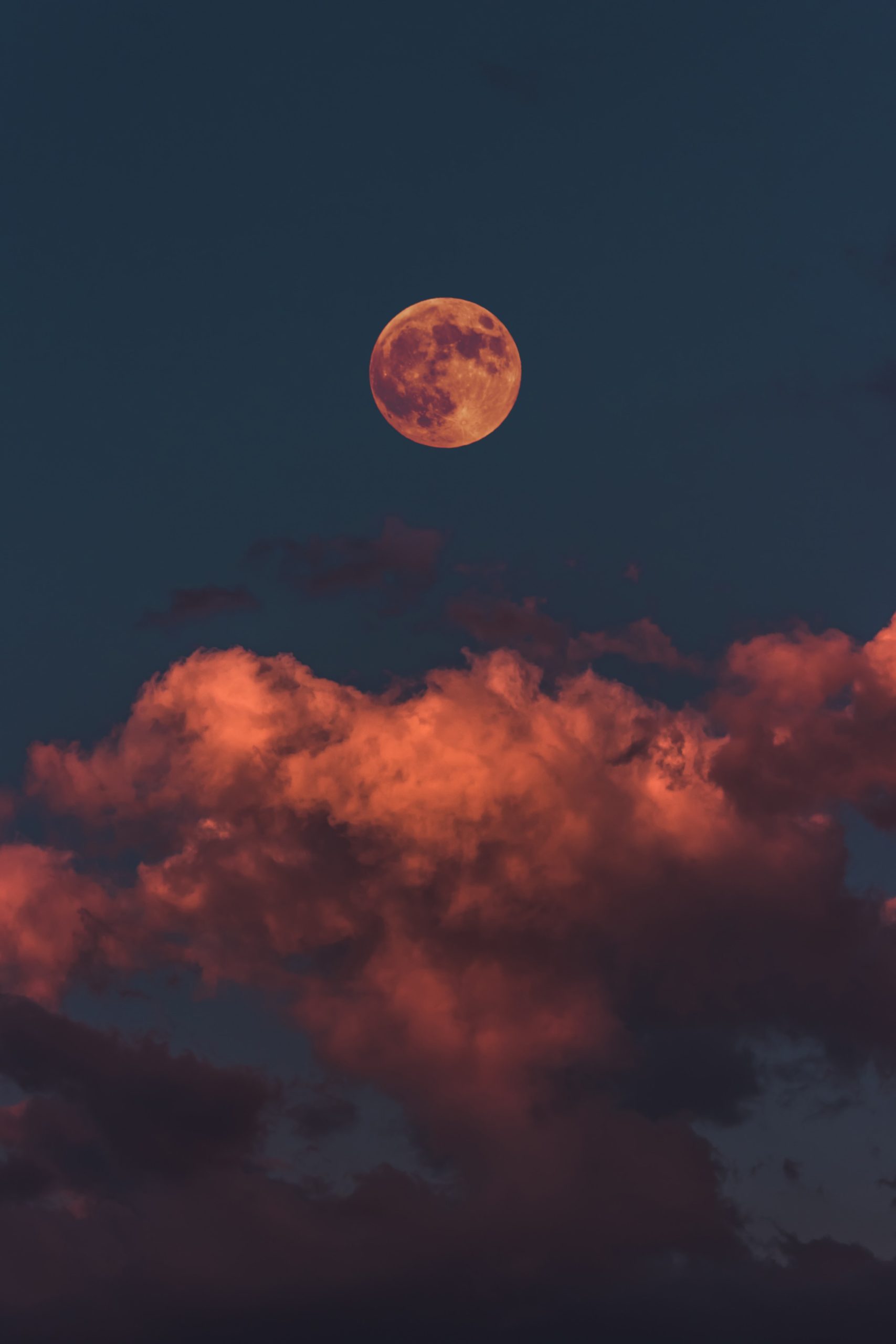Waxing vs Waning Moon Phases: Understanding the Lunar Cycle
Have you ever looked up at the night sky and wondered why the moon appears to change shape every night? This mesmerizing transformation is due to the different phases of the moon. In this blog post, we will explore two important phases of the lunar cycle: the waxing and waning moon phases. Brace yourself for an in-depth exploration of these captivating lunar phenomena.
The Lunar Cycle: A Quick Overview
Before diving into the specifics of waxing and waning moon phases, let’s first understand the lunar cycle as a whole. The lunar cycle is the recurring pattern of the moon’s phases as it revolves around the Earth. On average, this cycle lasts about 29.5 days, which is known as a synodic month.
The lunar cycle is divided into eight distinct moon phases. These phases are commonly referred to as the new moon, waxing crescent, first-quarter, waxing gibbous, full moon, waning gibbous, third-quarter, and waning crescent. The waxing and waning moon phases play a crucial role in this cycle, as they mark the transition between the different stages of moonlight illumination.
Waxing Moon Phase: Growing Brighter
The waxing moon phase occurs when the moon is moving from the new moon towards the full moon. This phase is characterized by the moon appearing to grow brighter each night as more of its illuminated side becomes visible from our vantage point on Earth.
During the waxing moon phase, several specific stages can be observed:
- New Moon: The moon is not visible during this stage as its illuminated side faces away from the Earth.
- Waxing Crescent: A small portion (less than half) of the moon becomes visible in the sky, resembling a crescent shape.
- First Quarter: The moon appears to be half-illuminated, resembling a semi-circle shape.
- Waxing Gibbous: More than half, but not fully, of the moon is visible. It continues to grow brighter each night.
During the waxing moon phase, the moon’s illumination goes from 0% to 99% before reaching the full moon stage.
Waning Moon Phase: Declining Illumination
After the full moon stage, the moon enters the waning moon phase. In this phase, the moon gradually appears to grow darker each night as its illuminated side becomes less visible from Earth.
Similar to the waxing phase, the waning moon phase consists of specific stages:
- Full Moon: The moon appears as a complete, fully illuminated circle.
- Waning Gibbous: More than half, but not fully, of the moon is visible. It begins to decrease in brightness each night.
- Third Quarter: The moon appears half-illuminated but with the opposite side of the first quarter.
- Waning Crescent: A small portion (less than half) of the moon becomes visible again, resembling a crescent shape but in the opposite direction of the waxing crescent.
During the waning moon phase, the moon’s illumination decreases from 99% to 0% before reaching the new moon stage again.
The Impact of Waxing and Waning Moon Phases
The waxing and waning moon phases have influenced human culture, astrology, and even natural phenomena for centuries.
1. Astrology: In astrology, the moon’s various phases are said to have different energetic qualities that can affect individuals’ moods, emotions, and behavior. For example, the new moon is associated with new beginnings and fresh starts, while the full moon is associated with heightened emotions and increased energy.
2. Gardening: Some gardeners follow the lunar calendar to plan their planting and harvesting activities. During the waxing moon phase, it is believed that plants grow more vigorously, making it an ideal time for sowing seeds and transplanting. In contrast, the waning moon phase is considered a time for pruning, weeding, and harvesting.
3. Folklore and Superstitions: Many ancient cultures have myths and folklore associated with the waxing and waning moon phases. Some stories suggest that the waxing moon brings good luck and growth, while the waning moon is associated with decline and potential danger.
Moon Phase Photography: Capturing the Beauty
The waxing and waning moon phases offer photographers and astronomy enthusiasts a fascinating subject for their cameras. Capturing the moon’s changing shape and its relationship with the surrounding night sky can produce stunning images.
When photographing the moon, it’s important to consider the lunar phase and the time of day. The waxing crescent and waxing gibbous phases often provide better lighting conditions as they occur during the evening hours. On the other hand, the waning crescent and waning gibbous phases can offer exciting opportunities during the morning hours.
Experimenting with different camera settings, lenses, and compositions can lead to striking lunar images. It’s also helpful to use a tripod and a remote shutter release to ensure sharpness and minimize camera shake.
In Conclusion
The waxing and waning moon phases are integral parts of the fascinating lunar cycle. Whether you’re admiring the moon’s brilliance, practicing astrology, or exploring the moon’s influence on plants, understanding these phases adds depth to your knowledge of the cosmos. So, the next time you gaze up at the night sky, take a moment to appreciate the ever-changing beauty of the waxing and waning moon.
Table of Contents
